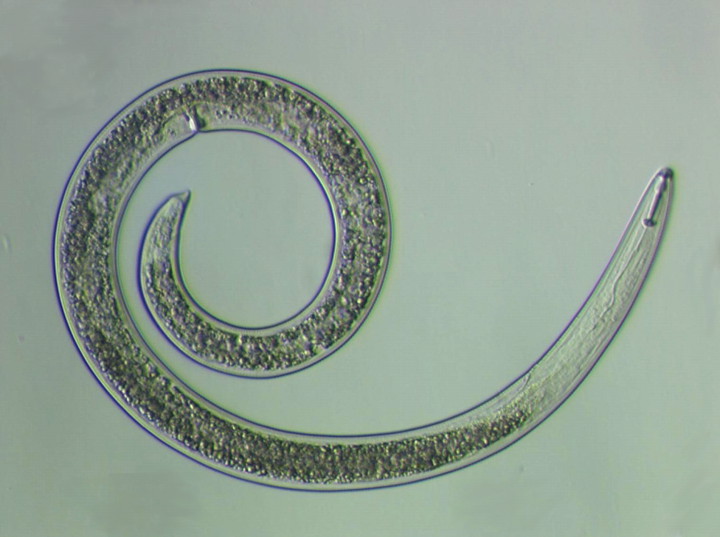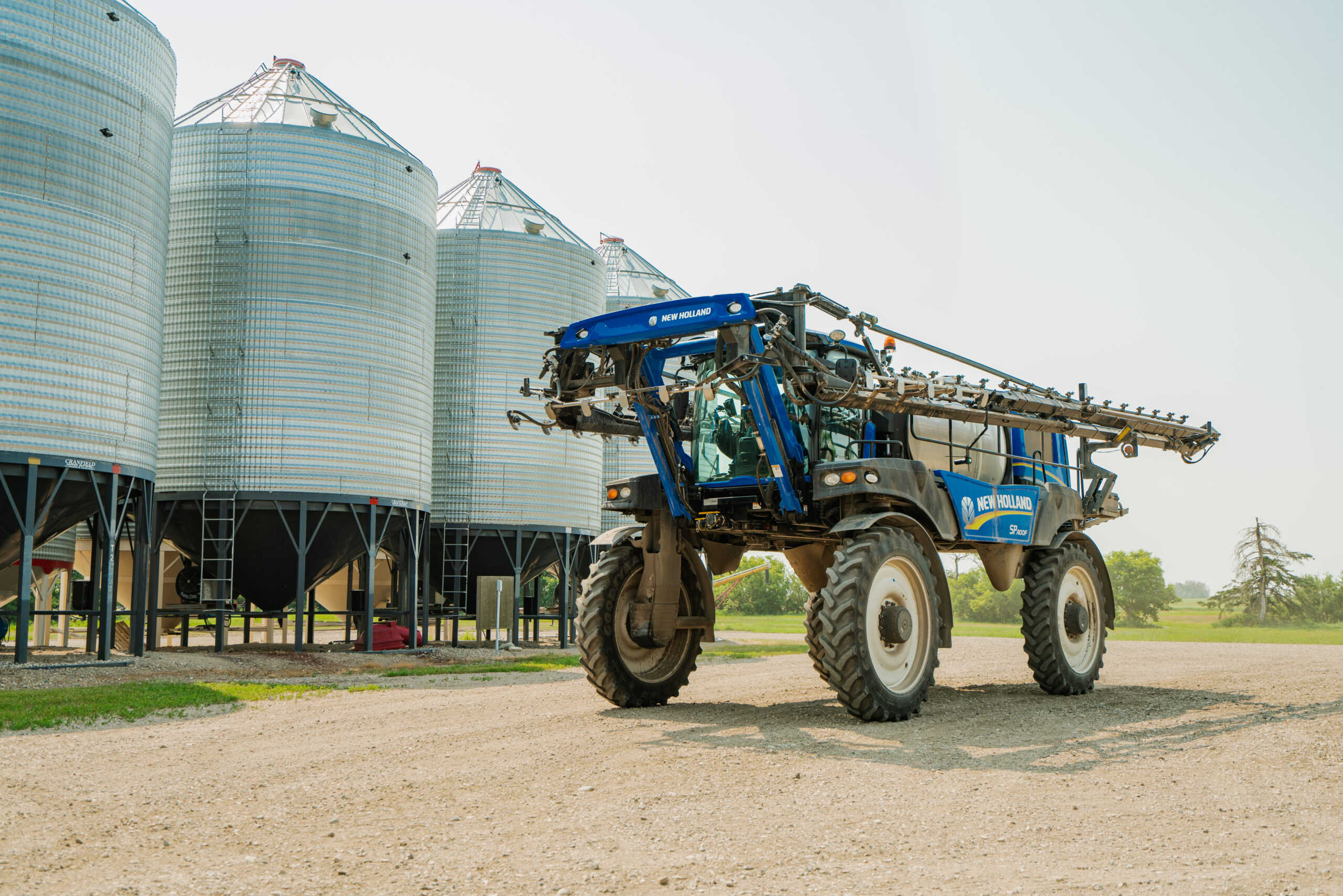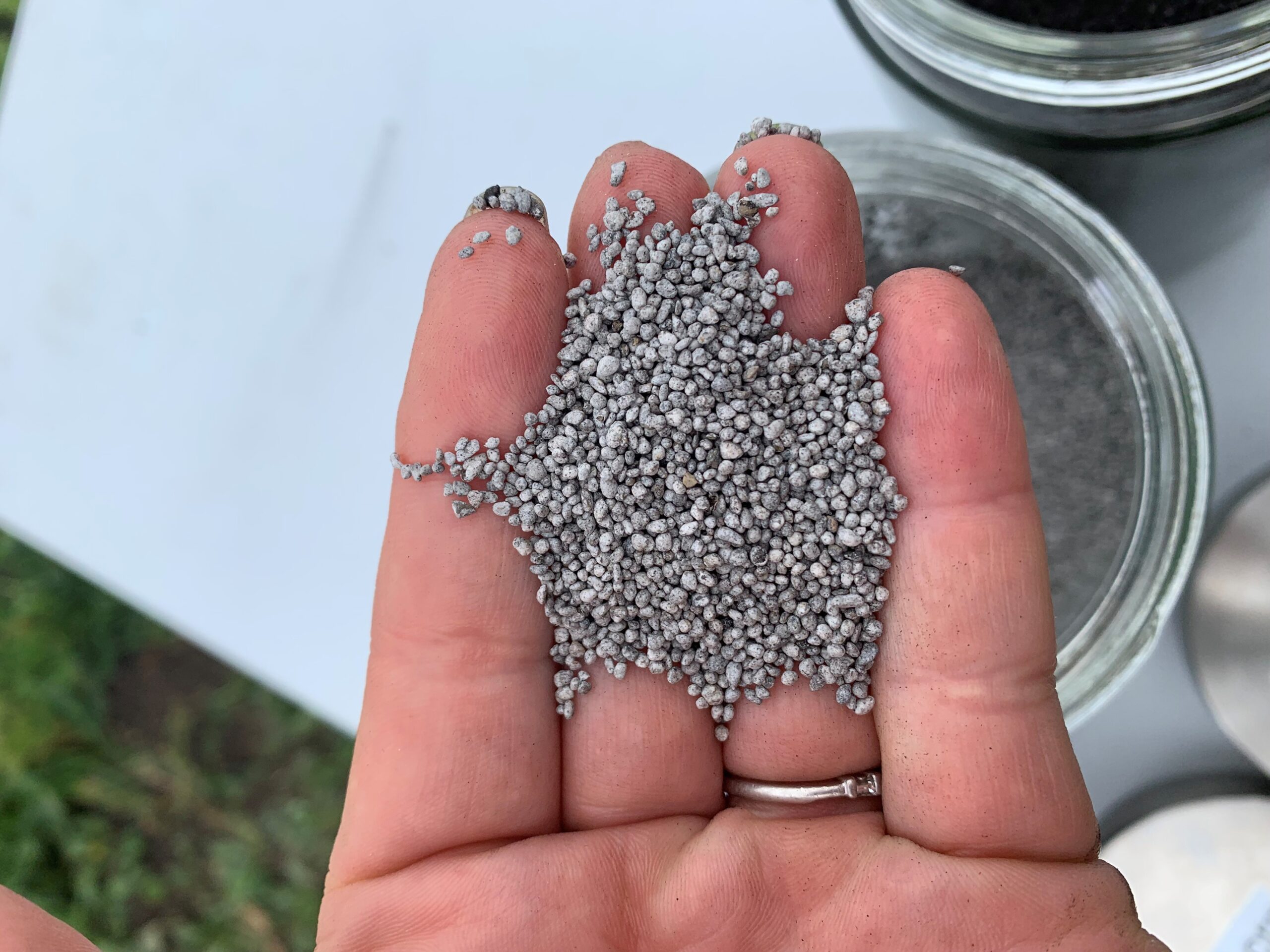Principal Investigator: Dr. Mario Tenuta
Institution: University of Manitoba, Winnipeg, Man.
Prepared by: Nate Ort, M.Sc.
This project, led by Dr. Mario Tenuta of the University of Manitoba in the Department of Soil Science, strives to understand the susceptibility of pulse host crops and yield losses to the root lesion nematode Pratylenchus neglectus in Western Canada.
Host Crops
The investigators found that the hosts with the greatest to lowest risk of susceptibility to P. neglectus were soybean, chickpea, canola, spring wheat, and pinto bean, respectively, while lentil and yellow pea were not hosts. This nematode caused lesion damage on the roots and was also present on the inside of the roots. The researchers found that P. neglectus populations increased when susceptible hosts were grown in succession, highlighting the importance of crop rotation and their respective sequence to mitigate the risk of damage and yield loss from this nematode. Based upon this research, lentil and yellow pea are the best crops to include in rotation to suppress the nematode’s life cycle and reproduction.
However, this nematode is also able to survive in the soil without a host by becoming dormant or by entering a “survival state”, indicating the nematode may be difficult to control with rotation alone. The life cycle of Pratylenchus takes about 30 days to complete and therefore populations can increase substantially in just one year.
Dr. Tenuta and his team are also conducting experiments under controlled environment conditions to better understand the biology of P. neglectus and its implications to pulse crop production in Western Canada. Replicated growth chamber experiments were conducted with soil naturally infested with P. neglectus, the only root lesion nematode in soil from the commercial field examined. Once the researchers were able to increase the population of this nematode from the field sample, they successfully used soybean root callus cultures to induce and increase the nematode’s reproduction. A greenhouse experiment examining ten soybean varieties is now underway to test the susceptibility of the varieties and provide future research direction.
Key Findings
- Soybean is the most susceptible crop to P. neglectus.
- Lentil and yellow pea were not hosts of P. neglectus and farmers may want to consider growing these crops if P. neglectus becomes a problem.
- P. neglectus populations can persist without a host or in unseeded fields, so crop rotation may not be the silver bullet to manage field pest populations.




